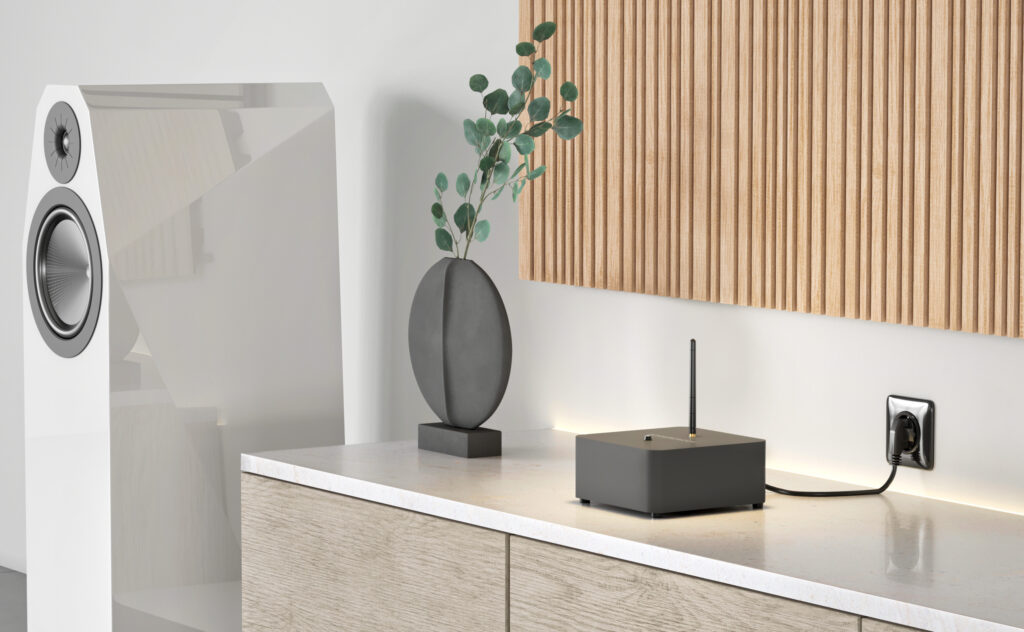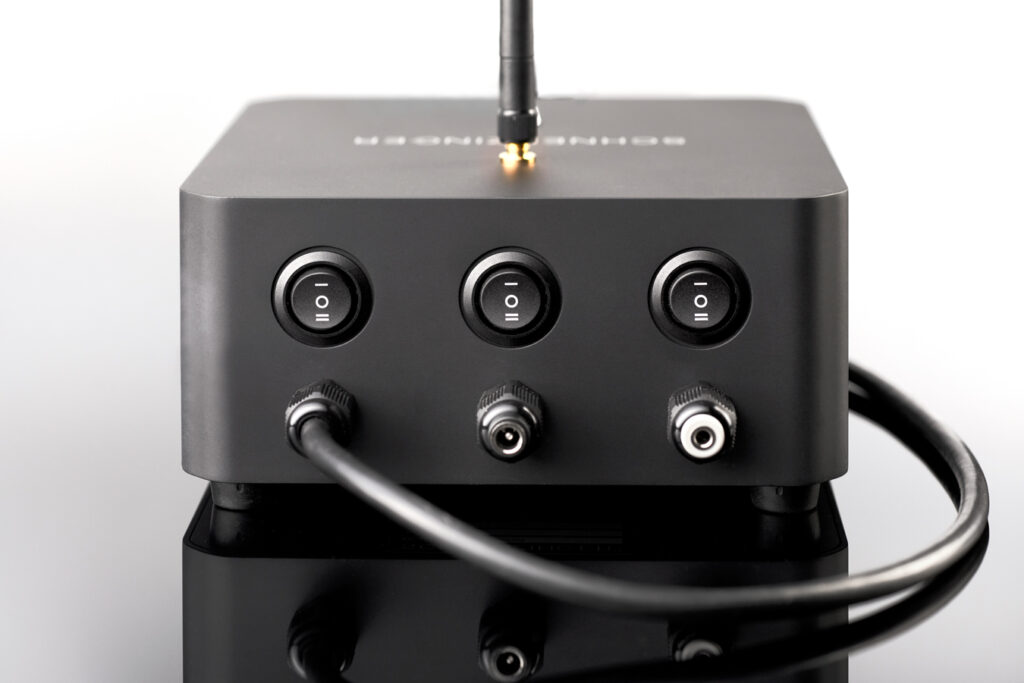Ready for a whole new
MUSIC EXPERIENCE?
High Tech meets Music
Unimaginably pure music
Full dynamic range, impressive clarity.
Experiencing music in its purest essence is the most desirable thing audiophiles can dream of.
The GIGA CANCELING Technology of the GRID PROTECTOR lets you listen to your music in a way never experienced before.
Our innovative SCHNERZINGER High-Fidelity Signal Protection yields results that are unrivaled and will truly amaze you.
Just relax. Enjoy without limits.
FULLSCALE POWERCLEANSING. COMPREHENSIVE. INNOVATIVE.
FULLSCALE POWERCLEANSING. COMPREHENSIVE. INNOVATIVE.
Power
In GRID PROTECTOR, two dedicated functional circuits work on efficient high frequency interference suppression: live lines (PHASE) & protective earth (EARTH).
Giga
Canceling
Via GIGA CANCELING technology the GRID PROTECTOR achieves a unique power quality, thereby redefining audiophile parameters such as resolution, dynamics and musicality.

Interference
Suppression
The GRID PROTECTOR penetrates and clears up the entire domestic power grid from low and high frequency interfering fields, without slowing down current flow at all.
Unique and exciting.
UNCOMPROMISED LINE FILTER
WITH UNIMAGINED RESULTS
In contrast to mains filters, which are used as "interference barriers" in front of the HiFi-system (and often also limit the authentic sound!), the GRID PROTECTOR actively penetrates the entire house mains including the protective earth conductor and cleans up low and high frequency interference fields already occurring there.
Unlike conventional mains filters or mains generators, the GRID PROTECTOR does not work with the use of capacitors, diodes, series or parallel filters or even energised crystals, since even the fastest of these applications cause electron braking and carry-over effects, especially in the power-intensive current range. The use of common current-correcting measures is therefore always fraught with compromises that block the path to a higher level.
The uncompromising effectiveness makes the GRID PROTECTOR a truly unrivalled power cleaning solution on the market.
What makes the Grid Protector so special?
In contrast to mains filters, which are used as "interference barriers" in front of the HiFi-system (and often also limit the authentic sound!), the GRID PROTECTOR actively penetrates the entire house mains including the protective earth conductor and cleans up low and high frequency interference fields already occurring there.
Unlike conventional mains filters or mains generators, the GRID PROTECTOR does not work with the use of capacitors, diodes, series or parallel filters or even energised crystals, since even the fastest of these applications cause electron braking and carry-over effects, especially in the power-intensive current range. The use of common current-correcting measures is therefore always fraught with compromises that block the path to a higher level.
The uncompromising effectiveness makes the GRID PROTECTOR a truly unrivalled power cleaning solution on the market.
Quick and easy setup - for any environment.
Adjust the GRID PROTECTOR variably - just as it suits you and your conditions best. With the new GRID PROTECTOR we focused on convenient use and operation, which allows to yield best results quickly and easily.
The GRID PROTECTOR operates on 3 dedicated circuits:
PHASE - Cleansing of the current carrying lines
EARTH - Clears up all protective conductors
INTENSITY - Operational intensity of cleansing
Quick and easy setup - for any environment.
Adjust the GRID PROTECTOR variably - just as it suits you and your conditions best. With the new GRID PROTECTOR we focused on convenient use and operation, which allows to yield best results quickly and easily.
The GRID PROTECTOR operates on 3 dedicated circuits:
PHASE - Cleansing of the current carrying lines
EARTH - Cleansing of the protective earth
INTENSITY - Operational intensity of cleansing


